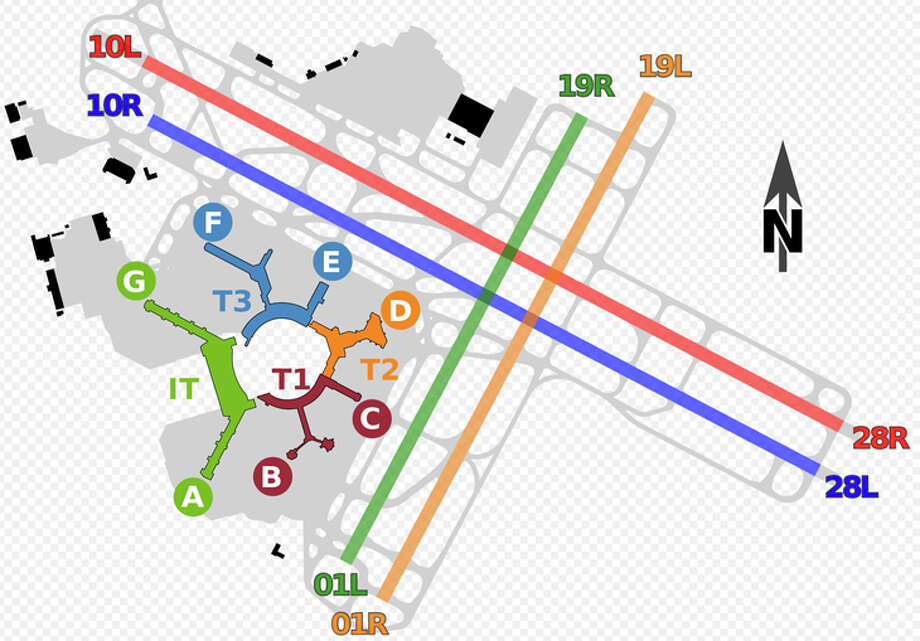

The usage of shuttles is often applied at major airport facilities where regular jet bridges service large planes while smaller domestic planes are parked on a pad and serviced by buses. However, this involves longer boarding times.

Charles de Gaulle, Terminal 1, Dallas/Fort Worth). The satellite is often linked to the rest of the airport by a hall or an underground passage (e.g. The satellite is an answer to the lack of terminal space by permitting the stowage of several planes on a smaller terminal surface.Frankfurt, Chicago, Brussels, Minneapolis / St. This is particularly the case for large hubs where passengers can contemplate several minutes of walking between gates (e.g. The drawback of these designs is the long lateral movements of passengers and luggage between gates.
#Airport runway layout series#
This design can be expanded into piers or a series of concourses linked by underground passages and internal transit systems. The linear orientation of terminals allows several planes to board passengers simultaneously (through jet bridges) and represents one of the most common terminal designs. A small aircraft will take less distance to brake than a large aircraft and has thus the opportunity to quickly exit the runway, freeing valuable takeoff or landing slots.Īlthough there is a wide variety of terminal designs, most fit within the following configurations: Modern airfield designs provide two of three exiting options per landing direction, depending on the plane’s size. Connecting lanes between the runway and the taxiing lanes usually have an angle permitting the quick exit from the runway for planes that have just landed.

Therefore, a plane using runway 09 would be facing east (90 degrees) while runway 27 (270 degrees), which is the same, would be facing west. Runways are labeled according to the direction (rounded magnetic azimuth in decimal) they are facing. A typical airfield is composed of a runway for takeoffs and landings as well as two (or one) parallel taxiing lanes (taxiway).
#Airport runway layout professional#
Whether you’re a professional architect, urban planner, designer, academic, or just a fan of stunning architecture, you’ll find inspiration in this collection of airport designs from around the world that we think are particularly well-executed and adhere to all the necessary airport design standards.Airport Components and Terminal ConfigurationsĪn airport has two major components an airfield and terminals. However, the airport design standards mentioned above are the bare minimum requirements that any architect who plans to create an airport must meet. There are many other airport design standards all architects and planners should adhere to, but covering them all would take at least a few more articles. It would also reveal which structures and other infrastructure could benefit from being relocated or soundproofed. Planned elements incorporate backup launch sites and operational restraints. Noise contours should be produced using projected airport traffic to forecast where noise will be an issue in the future. These factors determine where planes can land safely over 95% of the time, where obstructions that protrude into the flight path must be removed, and where the noise from planes might be intolerable for nearby homes, businesses, and outdoor spaces. Site placement and runway orientation rely heavily on the airspace and accompanying ground tracks along the runway’s take-off and landing corridors. The conditions within ten miles of the airport site will frequently impact the outcome of the airport’s construction. 4) Choice of Airport Location: Factors to Consider The second major component of the study of the needs is determining how effectively the airport can handle traffic control in both good and bad weather flight circumstances. The first step is calculating the airport’s capacity to the demand, paying close attention to the delay that will occur at peak hours. Having compiled an inventory of airport assets and examined their current state, planners may now assess whether or not the airport can handle the anticipated influx of passengers. © 3) Capacity and Timeline Analysis of Requirements


 0 kommentar(er)
0 kommentar(er)
